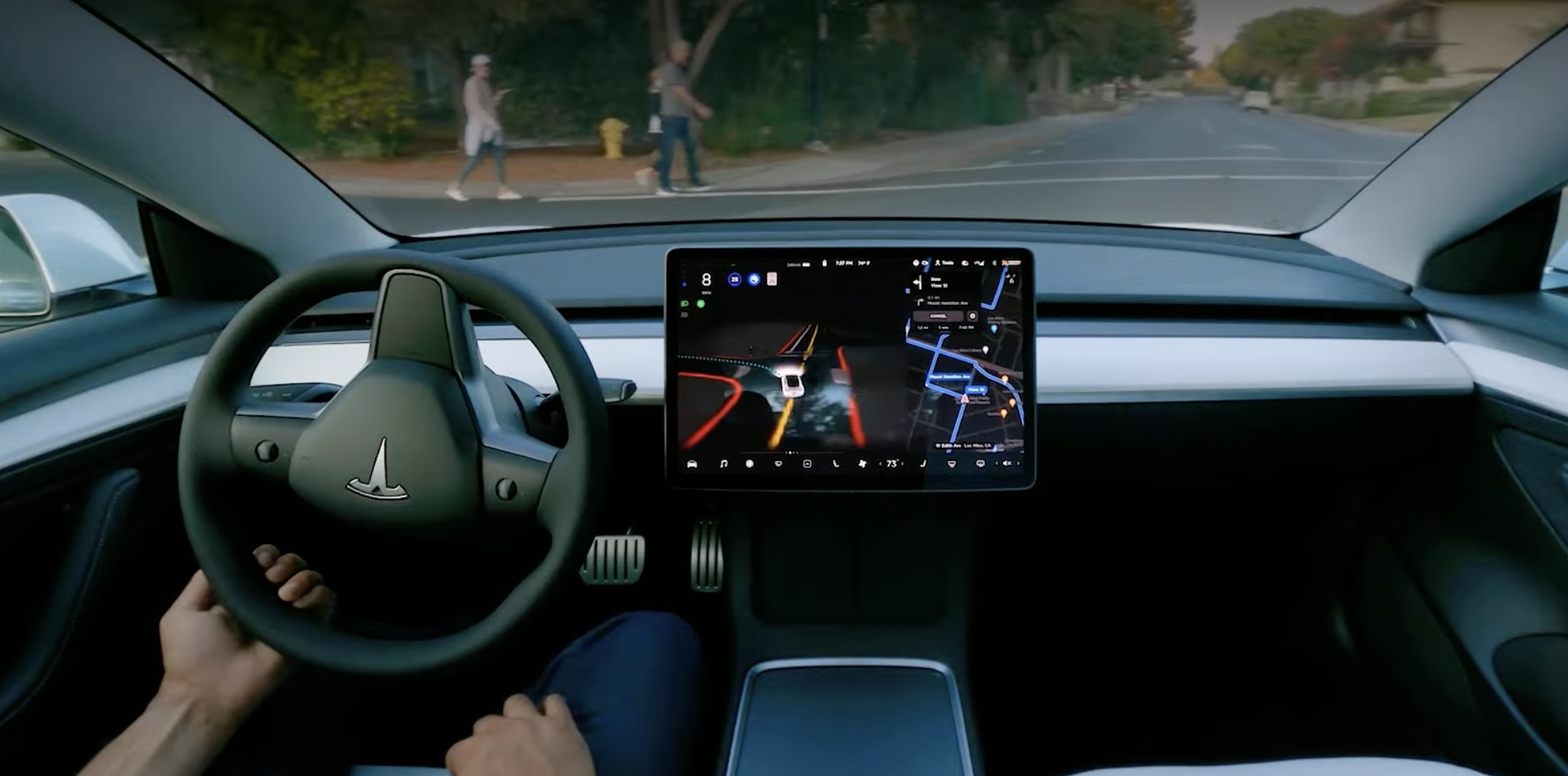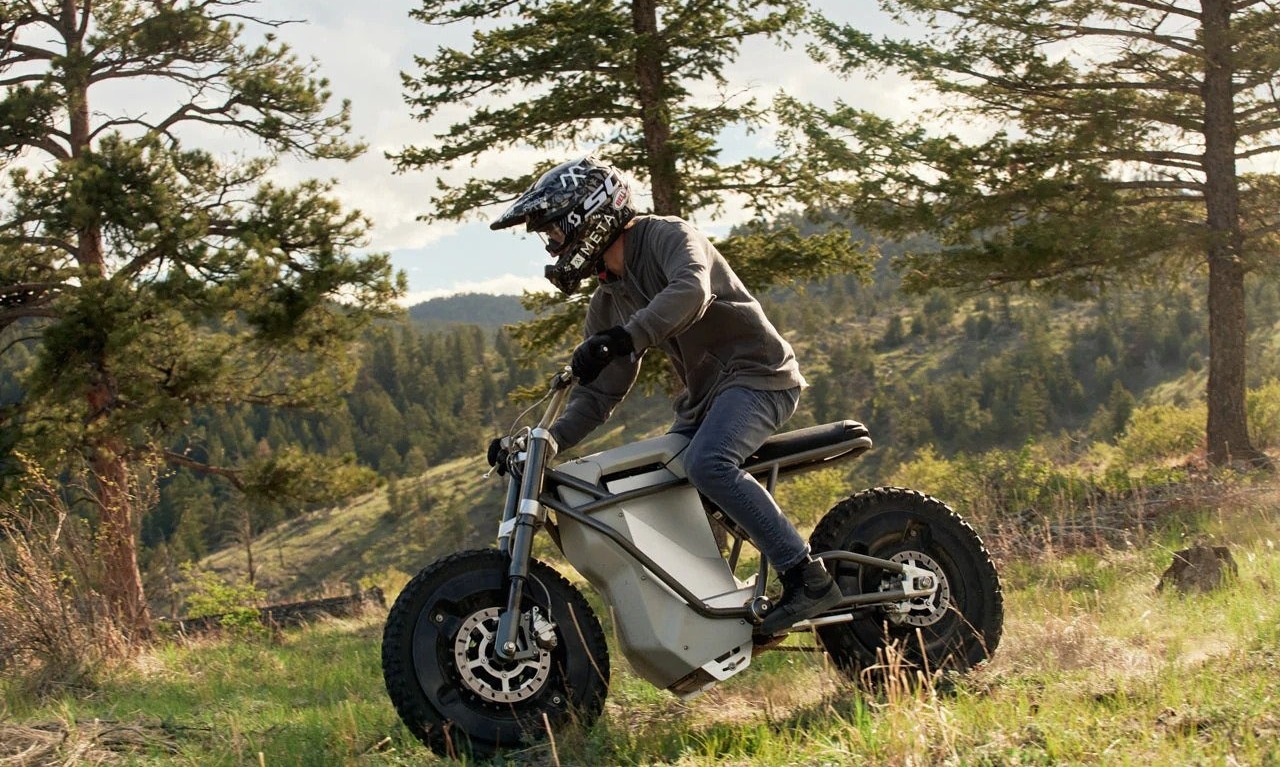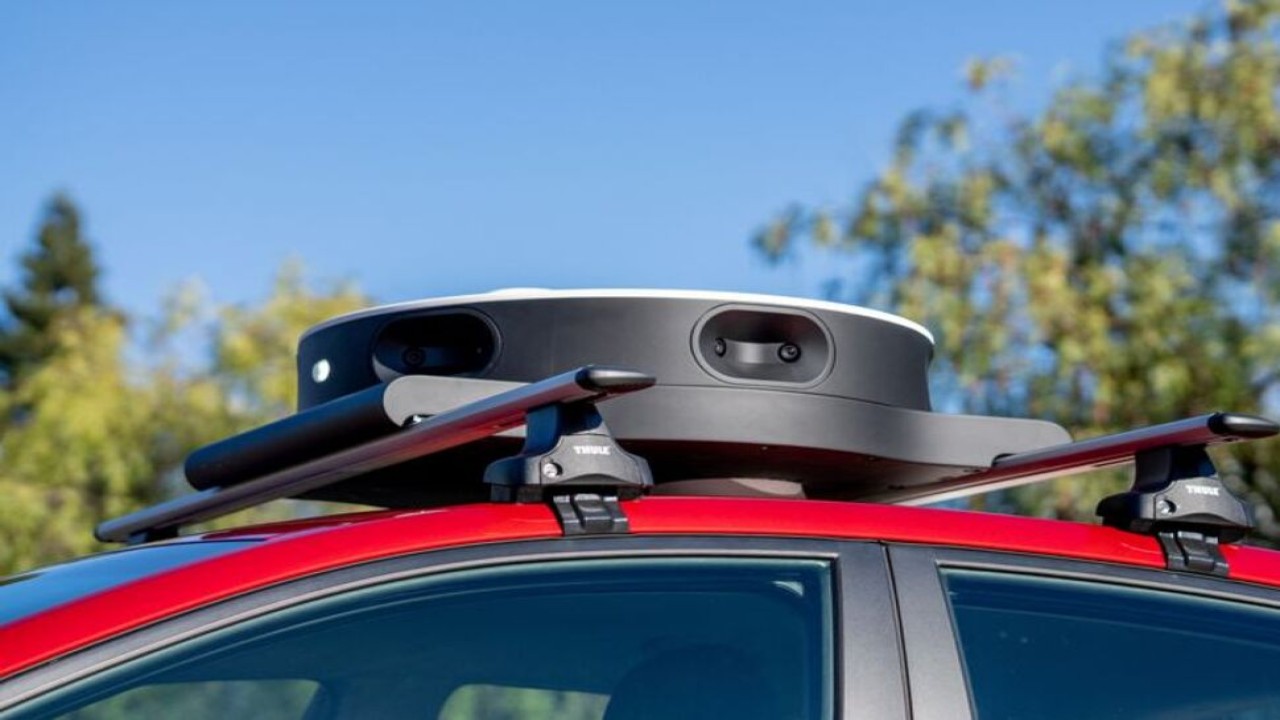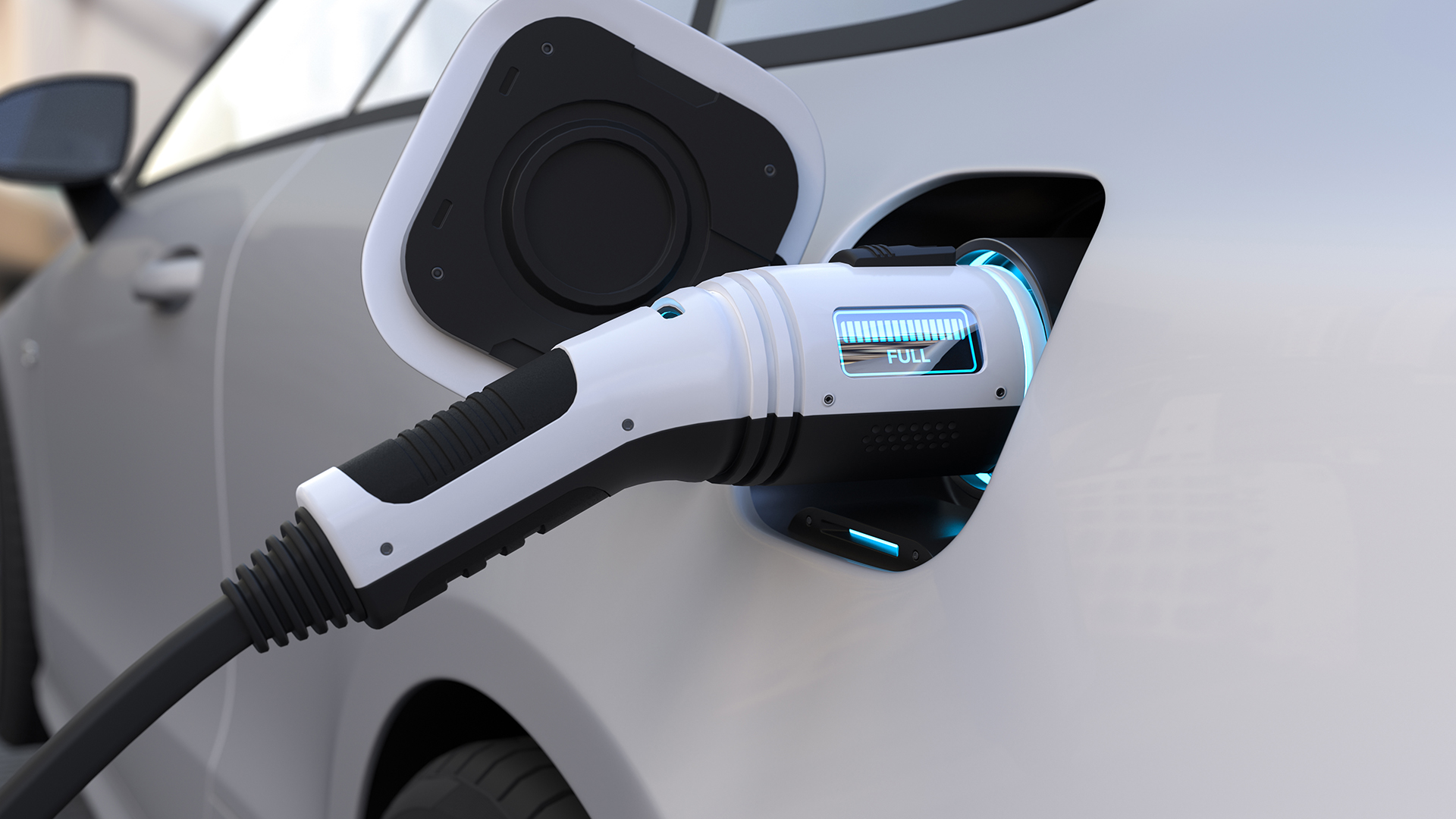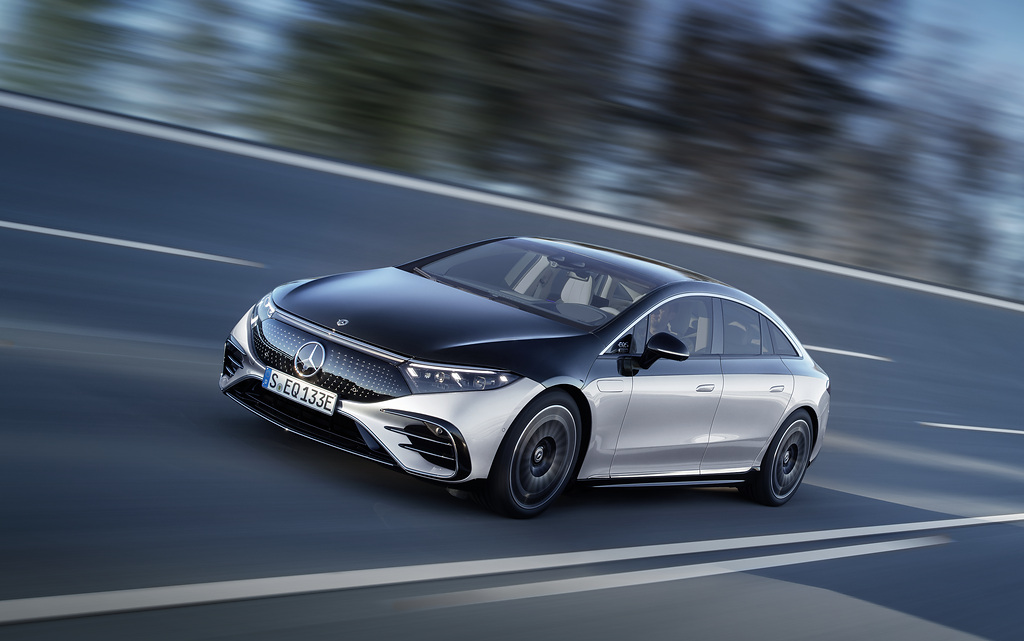Tesla recently added a new touch to its Full Self-Driving (FSD) feature. Now the FSD capability on Tesla electric cars can be set in three modes.
The three modes are Chill, Average, and Assertive. Although it continues to provide updates, this autonomous automatic control feature is still in beta.
This means that it is still under testing but is carried out by consumers outside the company. Buddy curious about the difference in the profile of this FSD feature?
The comparison can be seen in the video uploaded by DÆrik’s Youtube channel who tested it using a Tesla Model S.
In the description of Chill’s profile, it is written that the car will maintain a considerable distance from other vehicles and rarely change lanes.
Then for the Average profile, the distance made with the vehicle in front is getting closer and allows the car to make rolling stops.
The purpose of rolling stops is that when there is a stop sign that is usually found at an intersection, the car does not stop completely to save acceleration time.
Then the Assertive profile is the most aggressive. The car will change lanes more often and the distance with the car in front is closer.
In the video, the exact location of the test is not known. However, from several street names that appear on the screen, it is suspected that this was done in Florida, United States of America.
The two men in the video take the same route for each mode.
The difference seems not too significant. Maybe because the road conditions tend to be quiet. The speed reaches 50 miles per hour or the equivalent of 80 km per hour.
Although the driver often intervenes to maintain safety, the FSD feature on the Tesla Model S works quite well.
For more details, here’s a video testing the FSD feature profile on the Tesla Model S.

